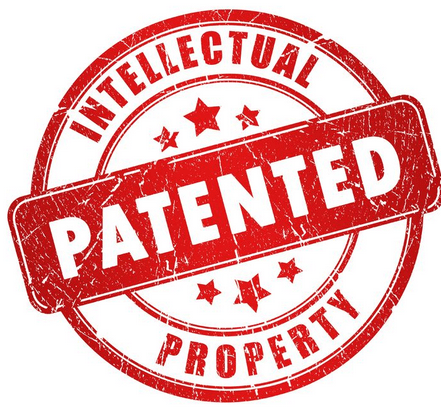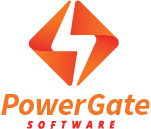Intellectual Property Protection
Intellectual property (IP) is a term referring to a number of distinct types of creations of the mind for which a set of exclusive rights are recognized—and the corresponding fields of law. Under intellectual property law, owners are granted certain exclusive rights to a variety of intangible assets, such as musical, literary, and artistic works; discoveries and inventions; and words, phrases, symbols, and designs. Common types of intellectual property rights include copyrights, trademarks, patents, industrial design rights and trade secrets in some jurisdictions.

Non-Disclosure Agreements
The first step that PowerGate takes, to assure its customers of PowerGate’s commitment to protecting their IP, is the Non-Disclosure Agreement (NDA). As an act of assurance that PowerGate will treat its customers’ intellectual property with the utmost care, it is PowerGate’s policy to sign an NDA with all of its customers at the start of business. This NDA sets out the rules and responsibilities of both parties, and is strictly followed by all of PowerGate’s employees.
Information Safety
At PowerGate, your secret is our secret. Customers are guaranteed and assured of their information safety and privacy anytime they put it in the hands of PowerGate.
We secure your IT assets by ensuring that IT infrastructure is up-to-date and resilient to attack.
How does POWERGATEVN protect my IT assets?
- By conducing regular Security Assessments
- By helping you implement a Security Plan
- By implementing an Active Patch Management Solution
- By hosting your web sites and applications on a secure web hosting platform
- By maintaining your IT infrastructure
What is a security assessment?
The goal of an information system security assessment is to discover potential risks in information systems before malicious users discover and exploit them.
Every organization, large and small, should regularly undergo a security assessment to assess their information system’s design and vulnerabilities.
After an information system security assessment is performed, steps can be taken to eliminate any threats and vulnerabilities that were discovered. Measures can be taken to improve on the overall awareness of security and security-related issues.
After the systems are presumed secure, an organization should continuously assess threats and vulnerabilities. Full security assessments should also be scheduled periodically to ensure that an enhanced level of security is maintained and up-to-date best practices are followed.
What is the value in conducting a security assessment?
A security assessment should be seen as a crucial first step in managing network risk. The value of a security assessment lies in the discovery of potential risk areas before they have the opportunity to become active problems.
Types of losses that can arise out of poor security include: the cost to rebuild, repair, or replace violated systems; the loss of business assets such as intellectual property or trade secrets; the productivity cost from unplanned downtime; liability and possible fines associated with the failure to comply with information protection laws and regulations; and the erosion of confidence and trust from customers, partners, and associates.
In short, a security assessment’s value can be expressed by the cost savings derived from the processes of optimizing the infrastructure, improving efficiencies, enhancing availability, and improving risk management. Studies have shown that environments that have implemented enhanced security technology will perform better and be more reliable than insecure environments.
What is a security plan and why do I need one?
A security plan will address any issues highlighted by a security audit. Roles and responsibilities will be defined as well as policies and procedures. Your security plan will be distributed to all staff, helping them understand what they can do to keep IT assets secure.
What is an active patch management solution?
Your IT assets are kept up-to-date with the latest patches and fixes, which are downloaded and installed according to a customized schedule.
How can implementing an active patch management solution benefit my business?
Secure Organization – The risks of litigation, loss of assets, possible fines associated with the failure to comply with information protection laws, and erosion of customer confidence, are greatly reduced.
Reduced server maintenance costs – Servers require less maintenance, as the latest patches and fixes are always in place.
Reduced workstation maintenance costs – Workstations also require less maintenance. As with servers, the latest patches and fixes are always in place, improving security and reliability. Help desk calls will also be reduced because non-administrative users will access configuration settings less frequently.
Increased system performance – A secure server generally runs fewer services relative to the standard server configuration and therefore consumes fewer system resources. This provides a more efficient use of existing hardware.
Improved service management – Standardization and reduced complexity improves management processes. This leads to the more efficient use of tools and automated system administration, which reduces the total cost of ownership.
Simplified contingency planning – Reduced complexity and improved documentation enables a more cost effective recovery when a failure occurs.
What is a secure hosting platform?
The PowerGate hosting platform is a highly secured hosting environment, offering you peace of mind when it comes to ensuring the availability of your public websites and applications. A dedicated team of administrators ensure 99% uptime.

